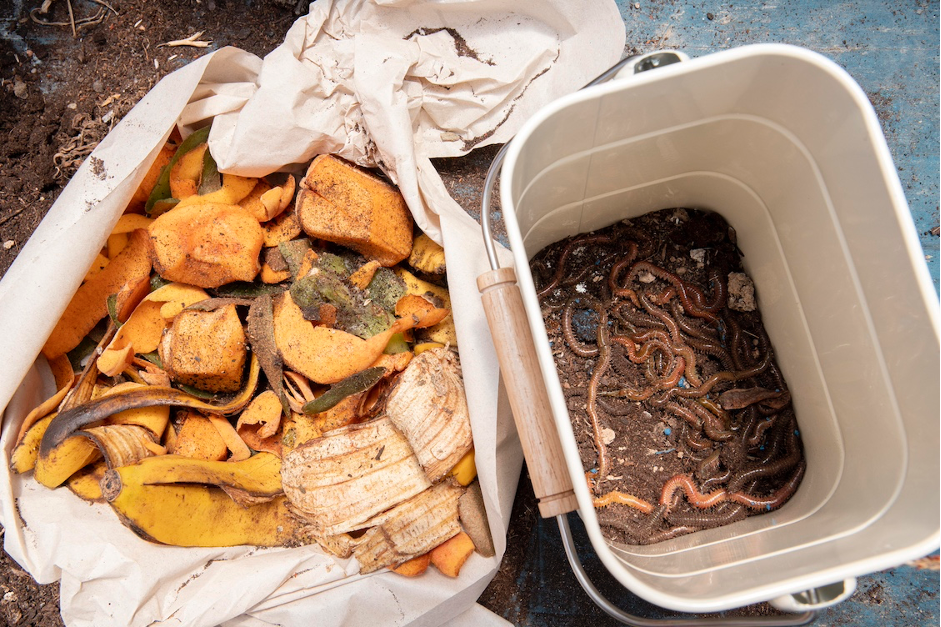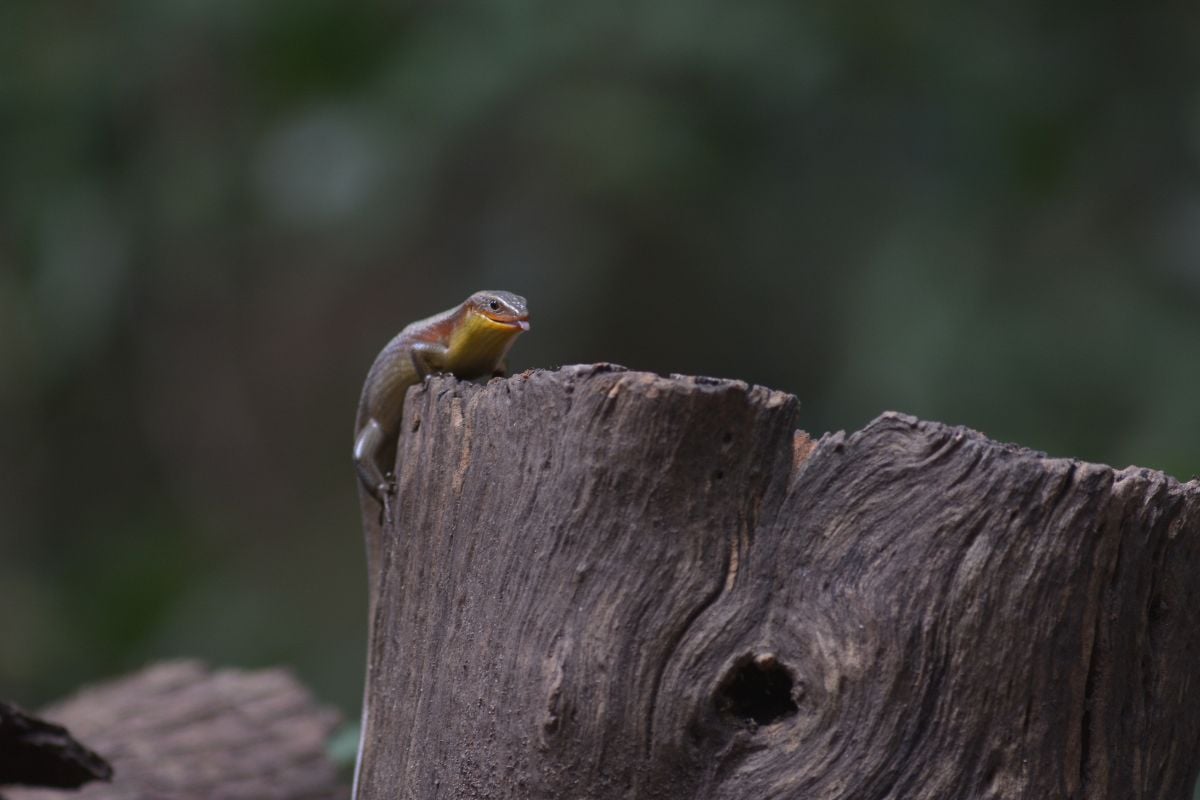 Organic worm composting is using worms and organic material to create compost. Compost is organic matter, like dead plants or animals and waste material that has been broken down (decomposed). This is used to fertilize soil for farms and gardens.
Organic worm composting is using worms and organic material to create compost. Compost is organic matter, like dead plants or animals and waste material that has been broken down (decomposed). This is used to fertilize soil for farms and gardens.
It is extremely important to feed young plants and crops healthy nutrients that they need to produce bumper crops and robust harvests. One way to create compost is to throw everything in a pile, wet it down and let it break down on its own.
Modern science has turned composting into a science lab. They control the input of liquids, ratios of compost materials according to output and air. Worms are a great help in turning compost into rich soil.
Setting up worms for Composting
You need a box, moist newspaper strips, and worms. Worms need moisture, air, food, darkness, and warm (but not hot) temperatures. Bedding, made of newspaper strips or leaves, will hold moisture and contain air spaces essential to worms. Choose red worms, these are the best for making compost.
When choosing a container for the worms and compost, you should factor in the amount of food scraps you wish to compost, and where the bin will be located. If you want it inside, for example, then you want a lot of fruit and vegetables and other compost that won’t stink up your indoor space.
The box should be shallow rather than deep, as red worms are surface-dwellers and like to live in the top six inches of soil. To put your compost, box and bedding into something that will contain a mess, you should use plastic, glass or wood. Whether you choose a plastic, wooden or glass container to use as a worm bin is a matter of personal preference based primarily on what is available.
You can even use a very large aquarium, depending on how much compost you need. Rinse out the container. If you use wood, line the bottom with plastic. Cover it with a lid that has holes or that is slightly open to allow in air.
Harvesting
After 3-5 months, it is time to harvest the bin. Harvesting means taking out the finished compost from the bin.
To prepare for harvesting, do not add new food to the bin for two weeks. Push all of the worm bin contents to one half of the bin and then create a new bed for them.
Don’t put food in the old side and leave it uncovered so it will dry out. Put food on the new side. The worms will move over to the moist side with food. This takes a couple weeks. Then, remove the soil. You now have great compost to use for your farms and gardens.








